What happens when experts on theatre and museums get their hands on texts, archaeological finds and photographs of Cyprus’ largest archaeological survey ever conducted?
Between the years of 1927 and 1931, more than 20 archaeological sites on the island were excavated by the Swedish Cyprus Expedition. In this way, Einar Gjerstad, John Lindros, Erik Sjöqvist and Alfred Westholm laid the foundation for the study of archaeology in Cyprus. But 100 years later engagement with and consideration of its work remains extremely limited.
“I stumbled upon photographs from the expedition at a workshop carried out at the Nicosia Municipal Arts Centre (Nimac). These pictures among other photographs from the first half of the 20th century going into the 60s and we were discussing issues of colonialism and identity in Cyprus… these pictures really started to speak to me as a theatre scholar (dramaturge), because you understand that two worlds (Sweden and Cyprus) were coming together in the 1920s and it peaked my curiosity,” says Ellada Evangelou.
Museologist Despo Pasia was also at the workshop. “We had no idea what to do but then the idea of bringing together what we both do began to develop. Ellada is a theatre scholar and practitioner, I’m a museologist, photography studies researcher and museum educator, so we wanted to try and figure out how these two can come together. Could we pull out other strings of thought, concepts and ideas about colonialism, post colonialism and archeology in all of this and discuss what our situation is right now? What is the discussion about these issues? Where does the discussion in Cyprus stand at the moment?”
This was how the Performing Collections Performing Archives project got started. The visuals developed into something larger; an interdisciplinary approach leading to site-specific theatre. In this way, the project traces new narratives that lie beyond archaeological research, placing theatrical practice in museum spaces.
“We’re taking this idea of interdisciplinary discourse and we’re using this project as a departure point,” adds Evangelou.
Globally, museums have made use of interdisciplinary practices since the 70s and 80s. “In Cyprus, it has been developing rapidly during the last 10 years,” explains Pasia. “People expect these kind of practices at the moment, some museums around the world have really started talking about doing stuff about the artifacts they have, opening up dialogue and negotiating, and discussing how to handle all of this. And the Swedish Cyprus Expedition was a very rare occasion because it was a legal expedition and a very scientifically done enterprise, very different from most archeological practices in the first half of the 20th century,” she adds.
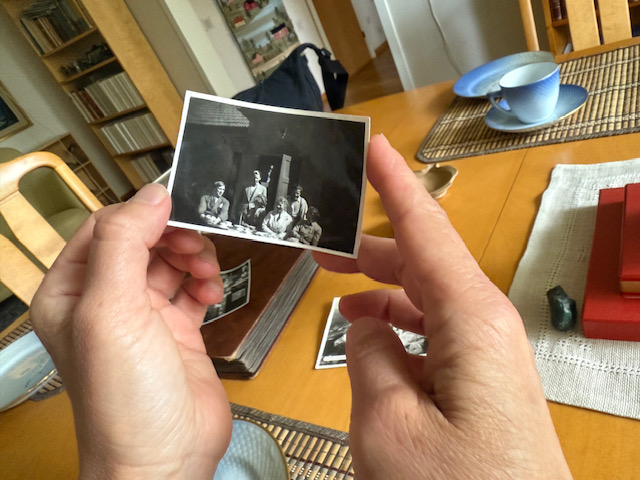
The project brings unexpected fields into performing arts – archival research, interviews with descendants of people who were associated with the expedition, interdisciplinary discussions, texts, photographs, objects, with the aim of creating theatre performances, narrative audio tours and educational programmes.
The first phase of the project (2023-2024) focused on the hidden and untold stories of the workers of the Expedition presenting the staged reading [In]Credible Histӧries: The Process at the Cyprus Museum in Nicosia (April 2024) and [In]Credible Histӧries: A Promenade Devised Theatre Performance on the Swedish Cyprus Expedition that was held on International Museum Day in May 2025.
“What we did in the first phase was to seek the buried stories of people that you don’t think of as characters, the project is called Performing Collections Performing Archives, so it’s this idea of choosing specific stories to show in specific times,” says Evangelou. “We did a large amount of creative writing; for the text of the performance we focused on the locals and we gave a voice to the people, especially the workers or the villagers because there was a huge gap that was missing. We have incredible material of the archaeological documentation, we have lead archaeologist of the expedition Gjerstad’s Ages and Days, we have dozens of letters from the junior archaeologist to his parents over the four years he was in Cyprus but very little from the local perspective,” she adds.
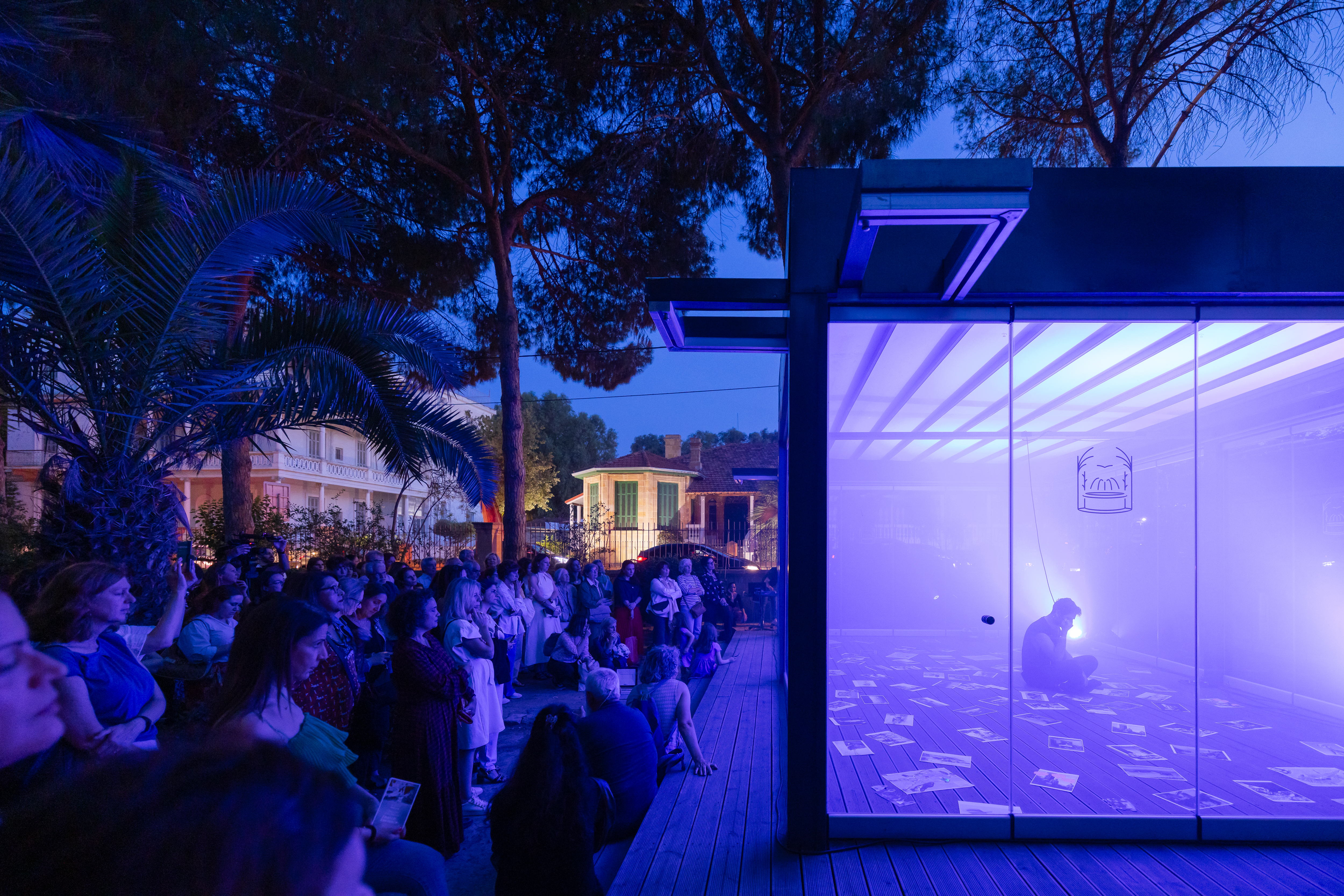
“This project was made possible because the entire photographic archive is in the museum, which is not always the case. The Swedes did a wonderful job, everything is digitised and in the public domain, so everything is available, no major gaps, and there’s also a lot of metadata available,” sayss Pasia. “We’re talking about some 14,000 photos which are not only of ethnographic interest, the artifacts, the excavations, the different spaces, but we’re focusing on photographs that turn to the people, the situation and context”.
The specific picture from which all this started was a photograph in the Kalavassos coffee shop in 1928 with all of the village’s men surrounding the archeologist in addition to the wife of the head archeologist. “This picture is very striking because it’s literally two worlds colliding (Sweden and Cyprus),” says Evangelou.
Currently in its second phase (2025-2026), the project’s focus shifts to the encounter between Cypriots and Swedes before, during and after the completion of the expedition. Prominent as well as lesser known historical figures will meet again in March in a new promenade style theatre performance that will take place on the grounds of the Medelhavsmuseet museum in Stockholm.
“It’s in this phase that you get to know the descendants, the real people that were in contact with the people you have been thinking about for over two years,” explains Pasia. “It’s not just the practices of these people, it’s their whole life, their choices, their feelings, their struggles, the pleasant, the unpleasant stuff”.
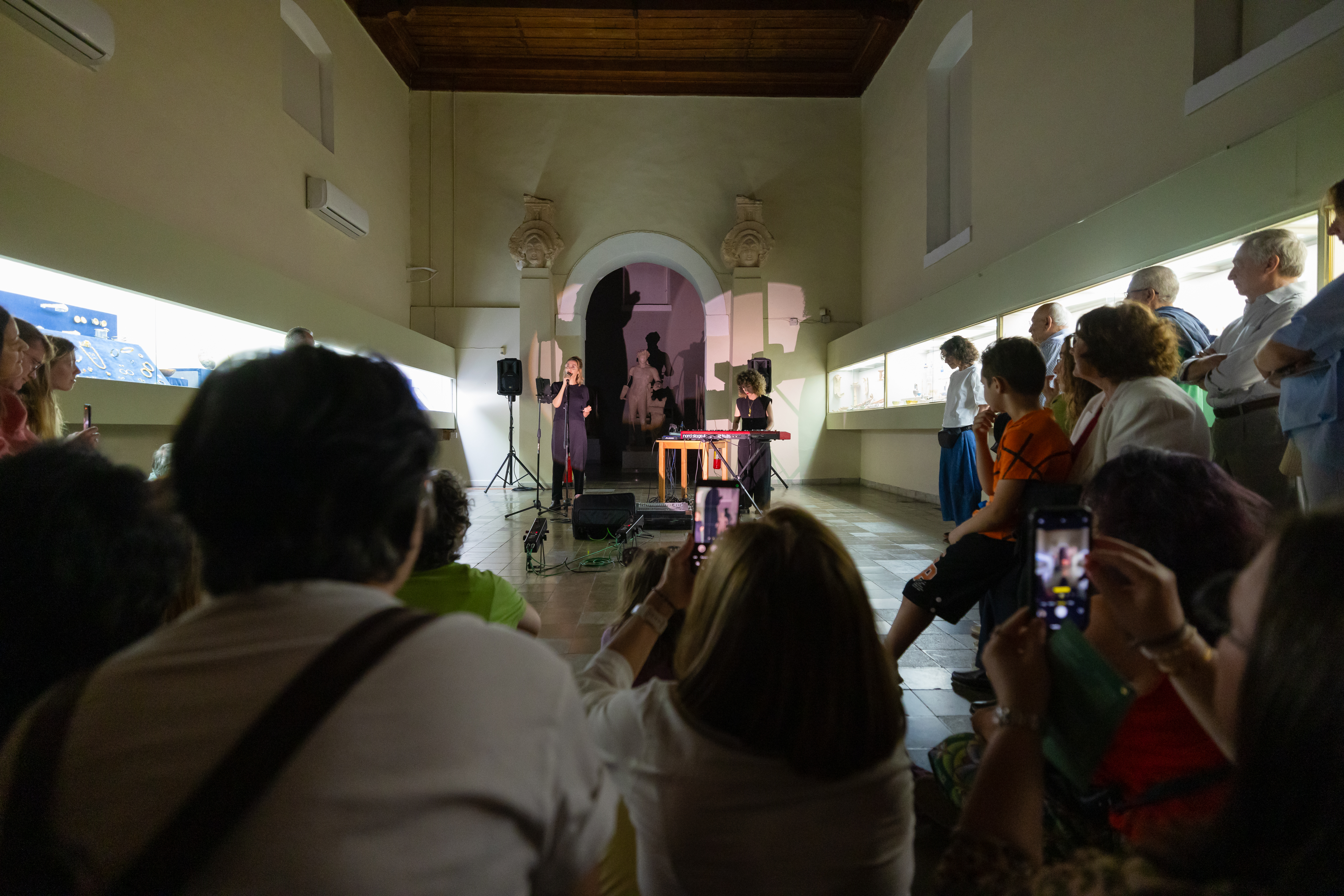
But the performance is not based only on photographs. Workshops were also built around artefacts found, in collaboration with the department of antiquities, whose expertise brought more context and archaeological knowledge; texts from the expedition. “Now we have added a fourth one, which is direct interviews and collaborations with the descendants of the archaeologists and it’s this added new material that comes in and kind of changes our focus,” says Evangelou. “We have located descendants of the archaeologists themselves and also relatives of one Cypriot worker who became a very iconic personality in this whole thing. There’s so much material, and it’s moving.”
This is how the duo uncovered how the expedition was initiated. “It’s a very interesting story that’s a bit seeped in myth because there’s this kind of anecdotal beginning. Loukis Pierides, the Cypriot consul of Sweden in Cyprus was on a train in 1923 where he met Swedish archaeologist Gjerstad and talked up how amazing Cyprus is, that it’s virgin territory, that he should come to excavate, but also asked him if he could loan him five pounds. Gjerstad talks about this in his book and in the end Pierides reaches Istanbul and the money is waiting for him,” tells Evangelou. “This is all according to myth but through research that we’ve done some of this is becoming reality and we’re piecing together how this was all feasible. It seems that with the help of Pierides, things were put in motion; fundraising by rich Swedes was happening and the Swedish crown prince wanted to put Sweden on the archaeology map. Another fact was that at the time, there was a law in Cyprus set by the British colonial that made it illegal to take antiquities. The Swedes, along with Pierides, advocated for the change of this law and it changed in 1927… the prince signed off and came to Cyprus in 1931 to oversee the separation of the antiquities and went back to Sweden,” she adds.
“It’s interesting to see what was happening in the overall Levantine at the time, and yet, the Swedes made sure to change the law, made everything legal and took 771 boxes from Famagusta to Stockholm legally. It’s a very interesting bubble in time.” But research is now pulling all these strands together and fleshing out which bits of the urban myth are true. The team is now working with what was contained in letters, narratives, accounts, articles, newspapers, to compose a picture of the encounter between Cypriots and Swedes, telling a chronological story that will be the basis of the next performance in the museum in Sweden, from the mythical time of the train all the way through to today.
In addition to the upcoming performance, the duo are looking to create an audio guide and educational material. “The project is there as a cultural product, it has this richness, it has all these voices,” says Evangelou.
“I think that museums are definitely a thing of the past, in the way that they’ve been created; this idea of showcasing culture. And showcasing other people’s culture. Now it’s more about where do museums belong and how do they fit in the way we run our life today and how we educate our children, how we chose to enjoy and work in community and this is a great way to do it; thinking about who it’s meaningful for, how can we take these voices and stories and make them relevant. How we can do storytelling, not on the story of Hercules, but what was the story of the worker that discovered the vase that Hercules is on. It transcends history into very humane elements of the relationship between communities and the places that hold culture,” she adds.
“You’re not always going to see a nice story,” says Pasia, “but if you want the museum, the story to be relevant, it has to go into things that may seem unpleasant but nevertheless are reality and they help you understand.”

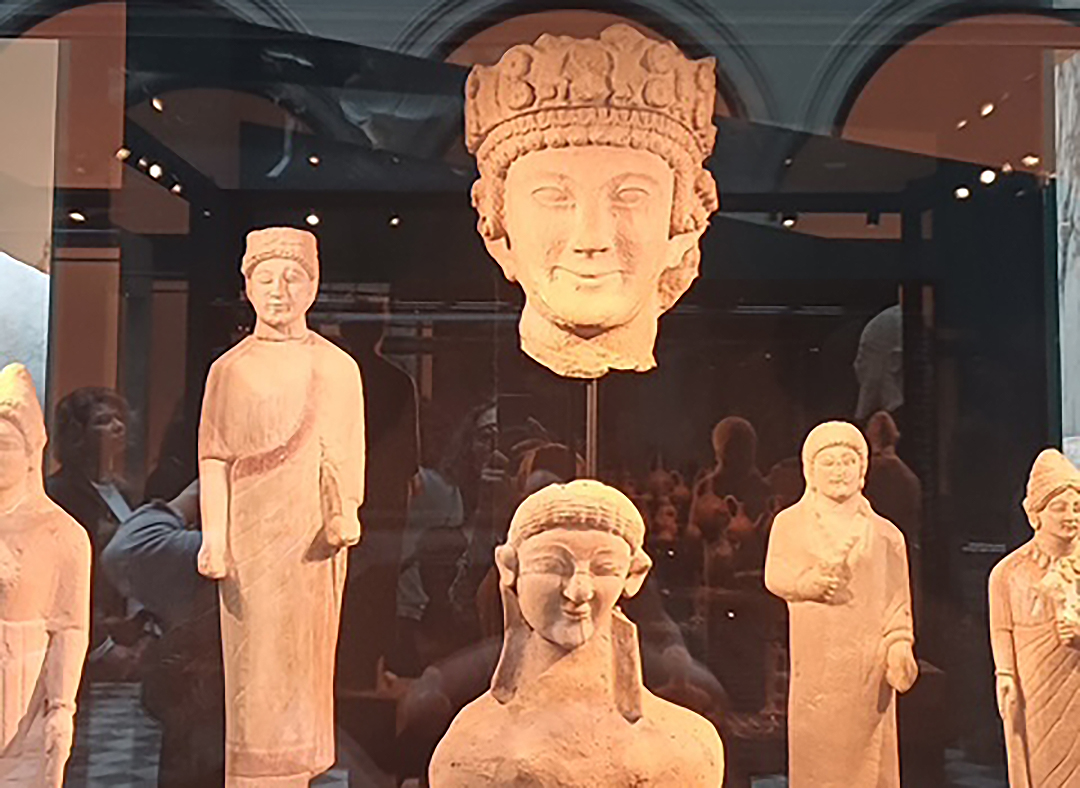
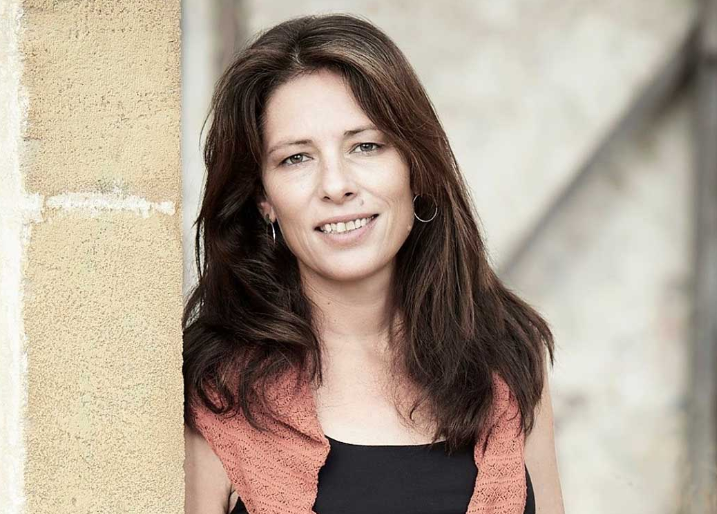

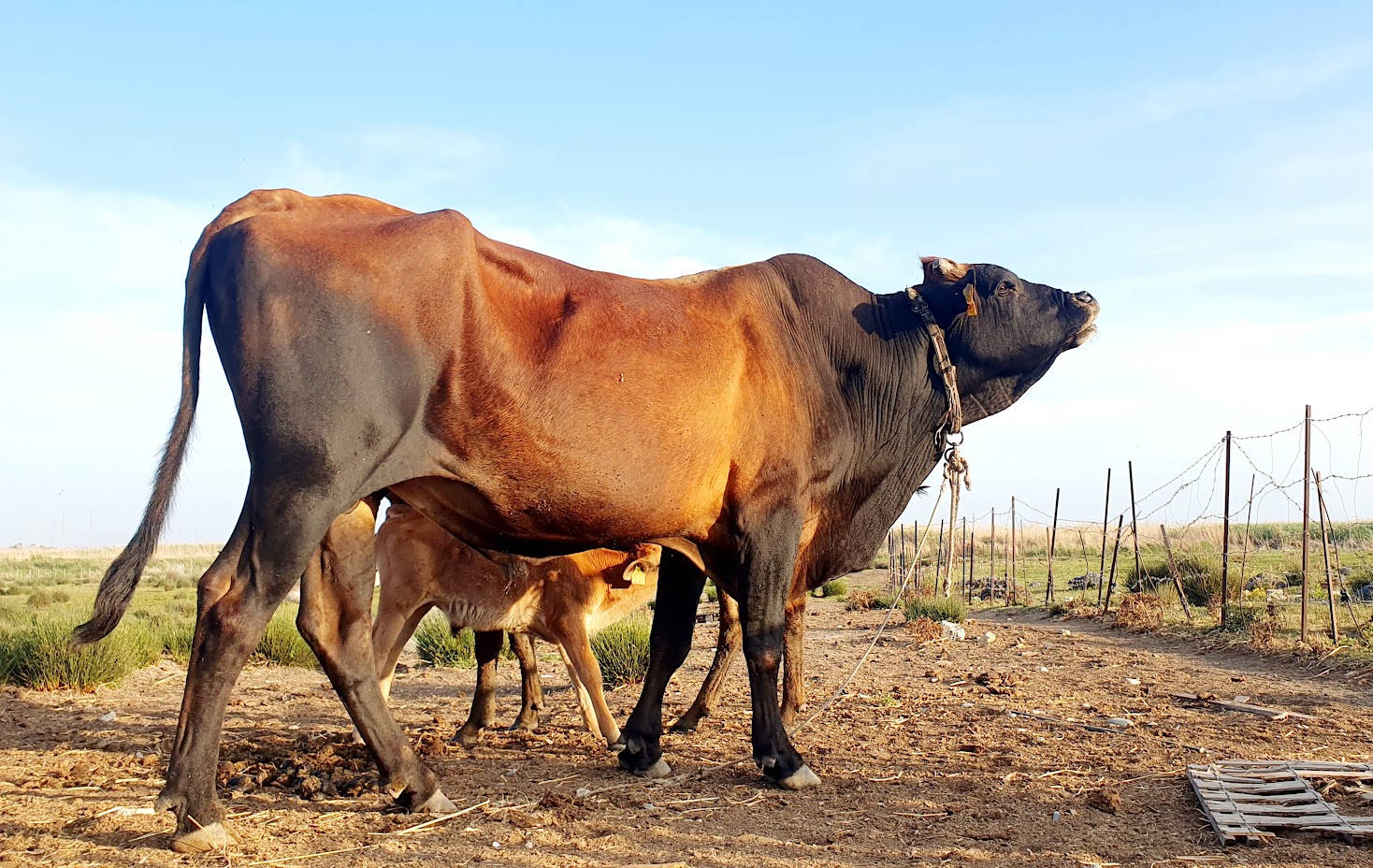
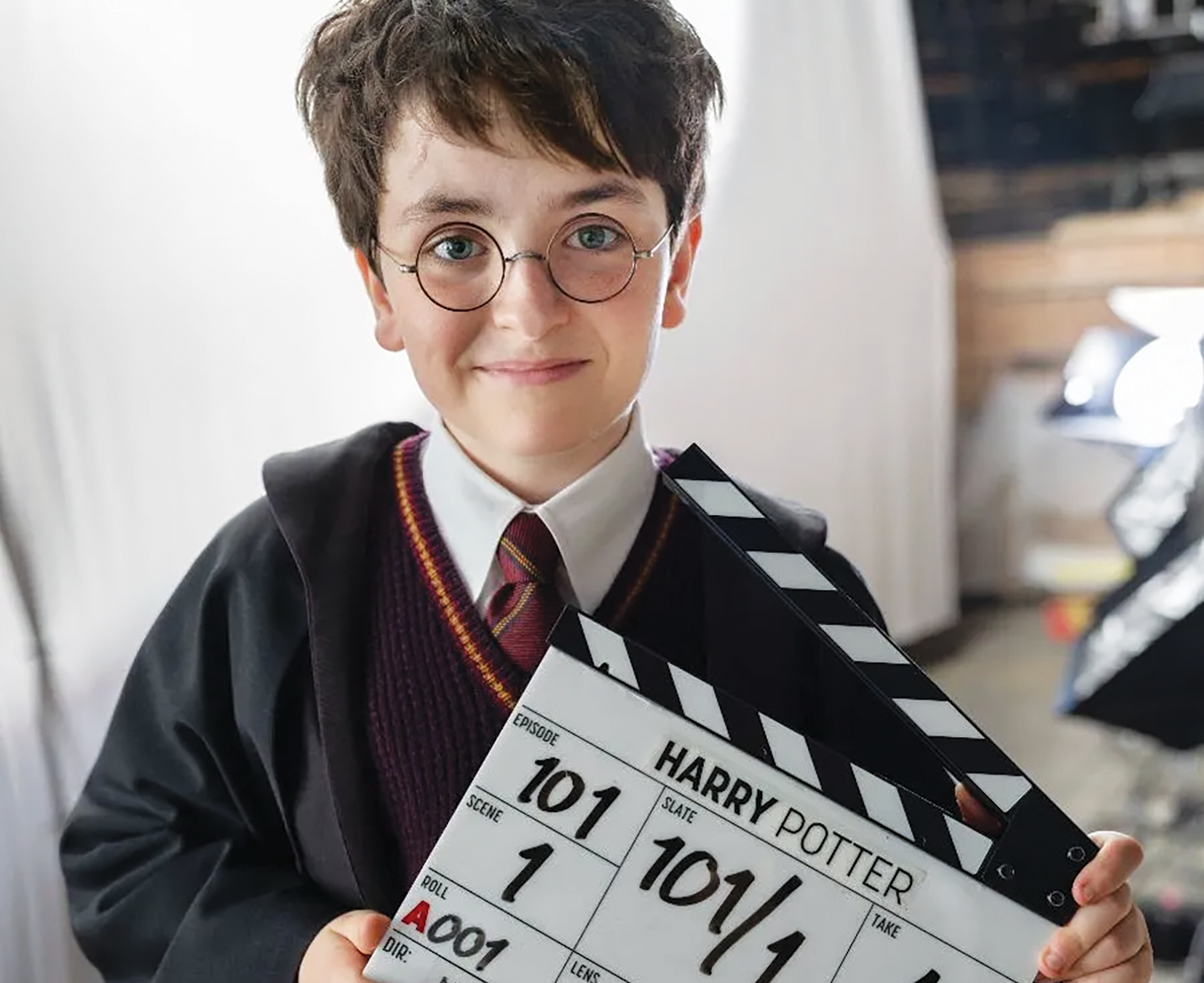

Click here to change your cookie preferences